Blogs
Making of a Museum: Collections, a Moment in Time
Khushi Bansal
The third article in our ‘Making of a Museum’ series dives deep into the core role of the Collections team in the building of an institution.
The collections team at a museum is responsible for managing and caring for the collection, as well as documenting, digitising and researching objects as a method of safeguarding both the tangible and intangible aspects of history, art and culture. The collections team at the Museum of Art & Photography (MAP) is no different. The team is helmed by Madhura Wairkar, a woman who is no stranger to the budding museum scene in India.
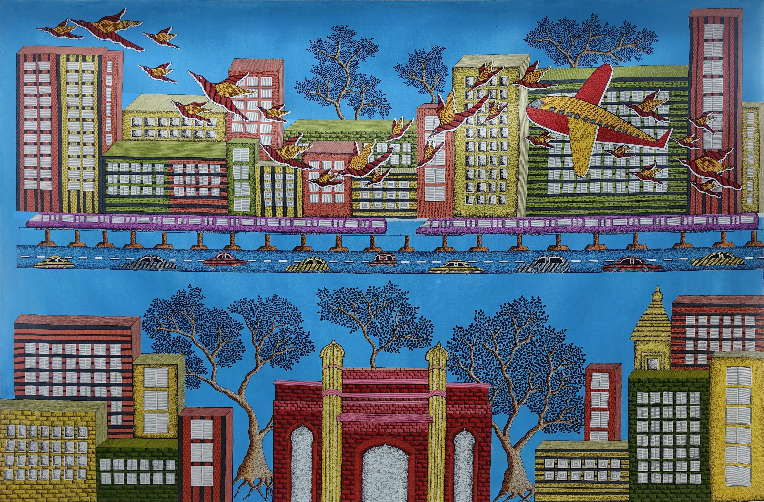
Madhura was born into a family of artists. Upon graduating with a Bachelor in Heritage Management from KC College in Mumbai, she pursued a master’s degree in textile conservation from the University of Southampton in the UK. Fascinatingly, she was the first person in India to have studied a course in textile conservation. She continued to live in the UK for over three years, during which she was trained at both the Victoria and Albert Museum in London (V&A) and the National Museums of Scotland in Edinburgh. Upon her move back to India, Madhura worked at the Dr Bhau Daji Lad Museum in Mumbai for several years before moving on to work with Dr Pheroza Godrej and the Piramal Museum of Art. Finally, she transitioned to MAP as the senior manager of collections and exhibitions in 2020. At MAP, Madhura translates her experiences of working closely with textiles and collections by streamlining, researching and digitising its collection, ensuring that it is accessible for everybody.
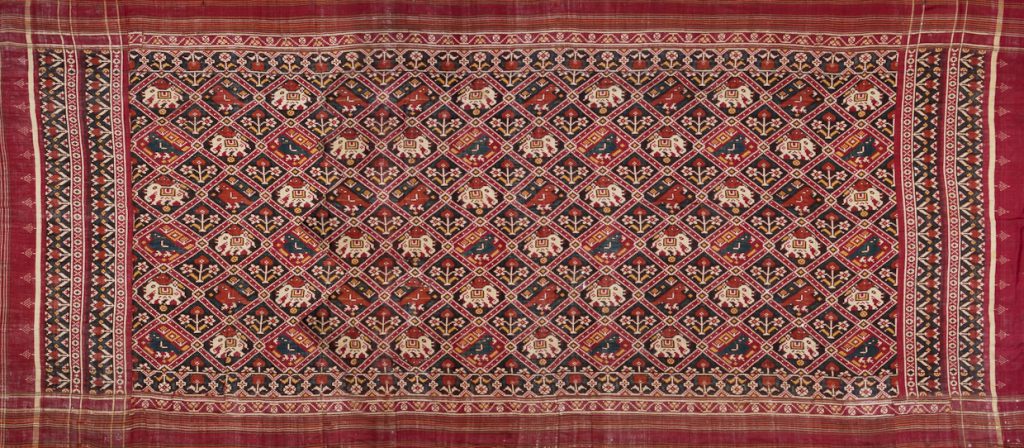
A Patola textile by an unknown maker, c. late 19th century-early 20th century, Silk, TXT.00580
The collections team at MAP is one of the largest. The department cares for the 20,000+ objects that are housed in the collections and therefore, this team forms the core of the museum. MAP’s collection is divided into six broad categories that include popular art, photography, paintings, textiles, modern & contemporary art, and sculptures & decorative art. The team is a group of highly passionate and driven individuals who work behind the scenes, ensuring that the objects are documented, researched and stored well.
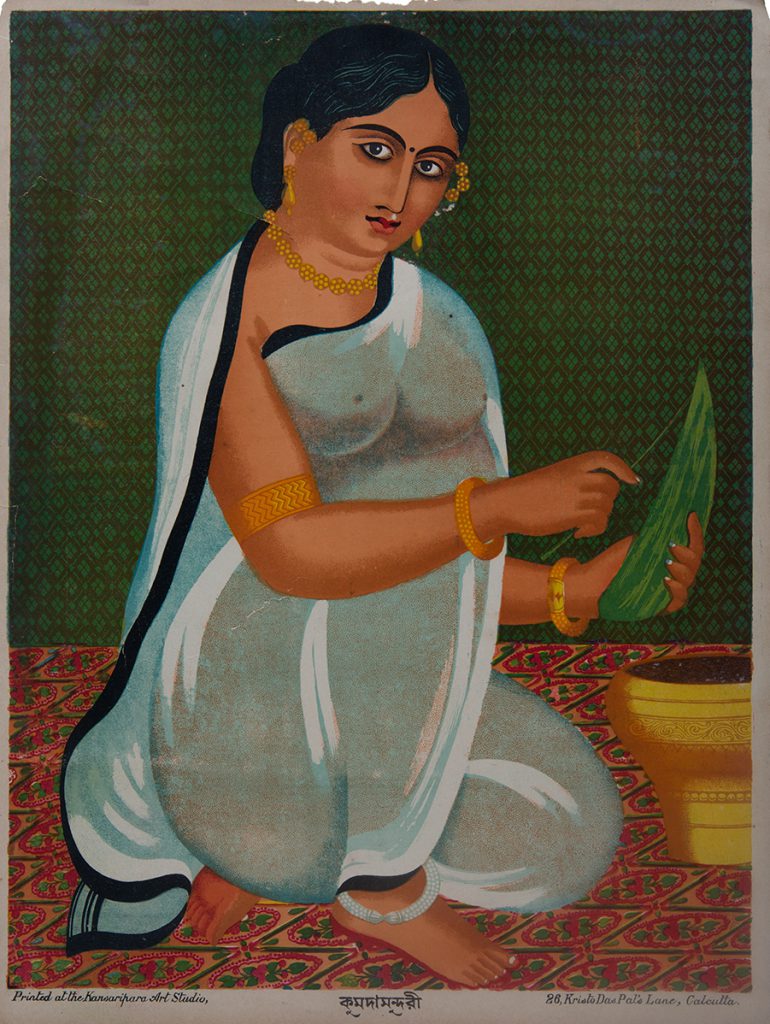
Kumud Sundari by Kansaripara Art Studio, c. 1890s, Chromolithograph, POP.01614
The team itself shares divided responsibility that ranges from archiving, photography, acquisitions, research, loans, to movement, storage and other administrative responsibilities. As the manager, Madhura “ensures that the collection is accessible to the public, all objects are stored well and taken care of, the documentation is in place, the information is carefully researched, and the digitisation process runs smoothly.” She goes on to say, “we have to make sure we capture each and every detail of the object because how else do you identify it? Our work involves in-depth research as we delve into identifying technology, techniques, material, dates, cultures, motifs, and so on. Not only do we look at tangible aspects but also the intangible ones. When we receive large gifts from donors, the process begins with sorting objects, creating inventories and accessioning them which is then followed by other processes including documentation and digitisation. We must possess both technical and research based skills, with an eye for detail. Sometimes the data can be overwhelming, but you have to look at the larger purpose, a sentiment that keeps my team going. Additionally, every object needs to be identified and accessioned with a unique number which helps in distinguishing the works from one another. These processes are standard museum procedures which help us maintain organisation and structure.”
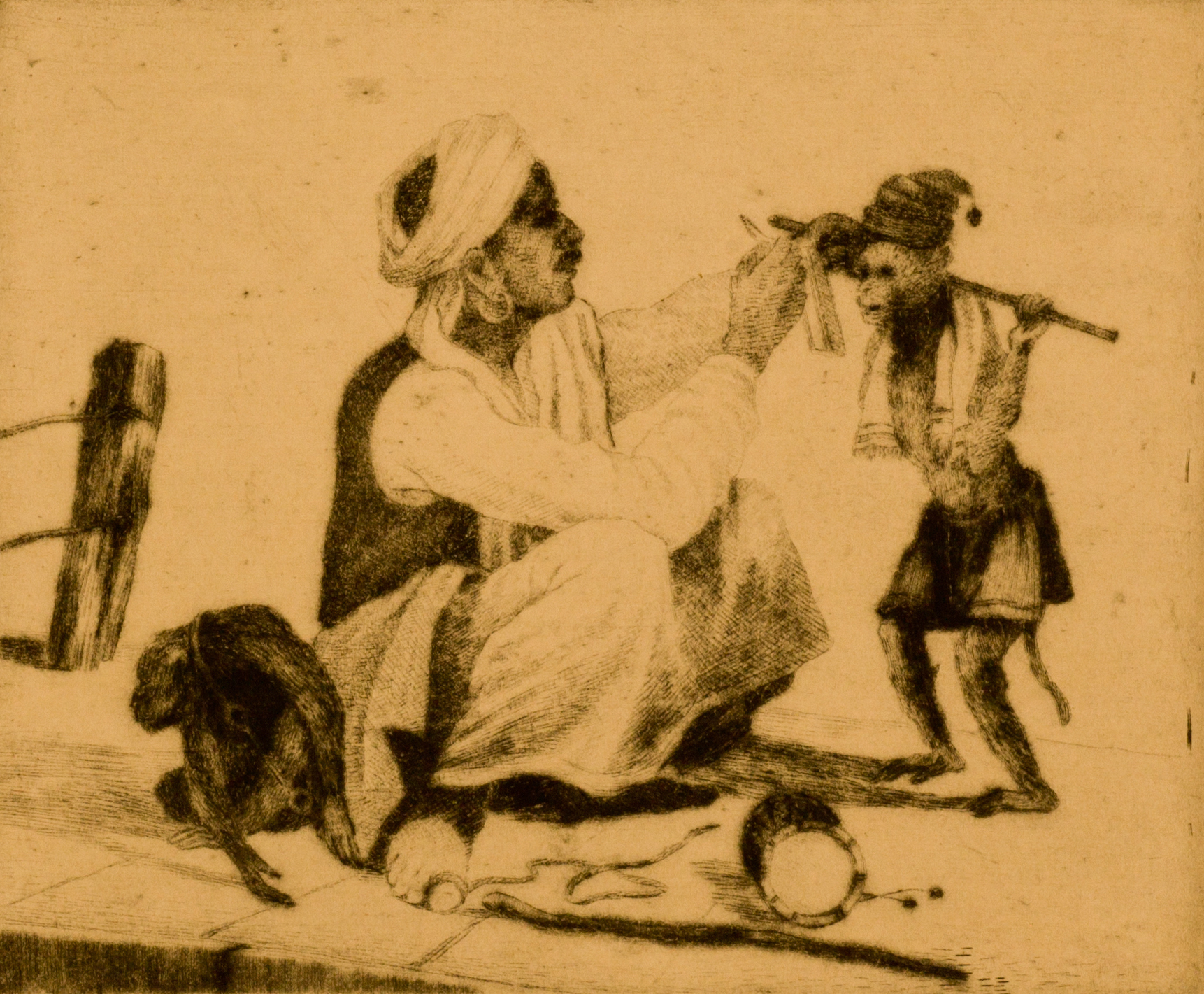
Street Show by Haren Das, c. 1948, Dry point on paper, MAC.00145
Another component that is central to the daily functions of the team is collections care. Typically, the team undertakes the responsibilities associated with organising, maintenance, safety, accessibility and condition of the collection. Further, the team also looks at recording, and locating items; storing them in a safe, well-maintained environment; handling them with care; ensuring that they are accessible when needed for display, loan, or study; and monitoring their location, use, and condition.
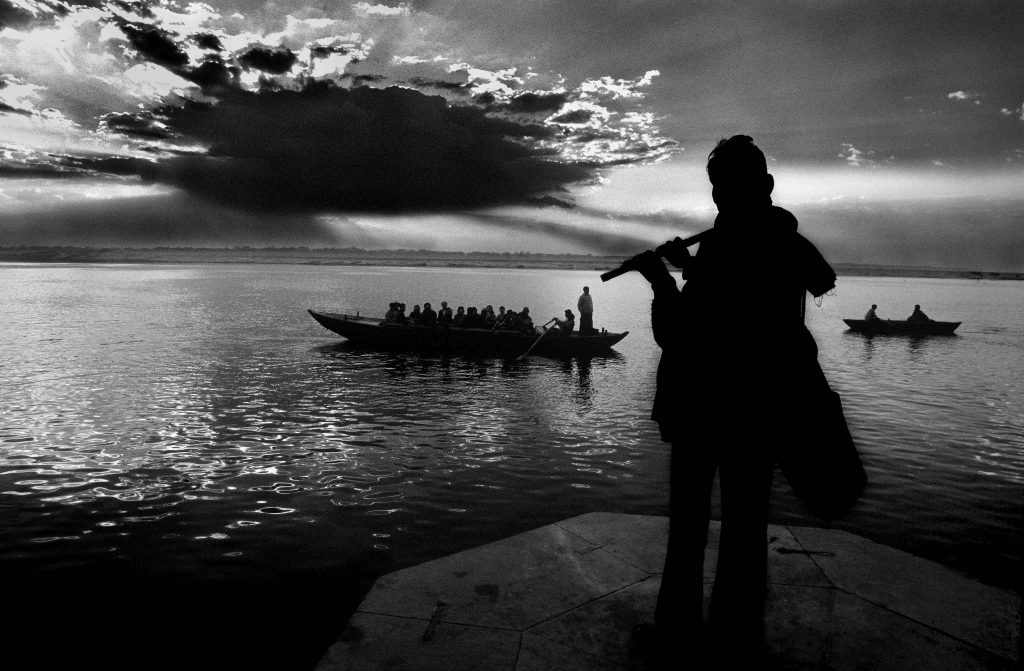
Flute Player, Varanasi by Raghu Rai, c. 2002, Archival pigment print, PHY.07079
The very thought of digitising an entire collection sounded like a mammoth task to me. So, I could not help but ask what it was like heading a project of such meaning (as it implied accessibility), and to this Madhura said, “somewhere as a leader, when you are managing a project, you are looking at the work broadly; however, my role also entails some level of micromanaging, especially while digitising objects. I do not let anything go online without scrutinising it. A lot of what our team does helps in generating more information and building knowledge systems. Our role is to present the object as it is, while also drawing out finer details to share with everybody, allowing our audiences (including researchers, students, scholars and peer groups) to interpret the objects for themselves. So, one has to be very careful. In the pandemic, digitising the collection has been a priority. With fewer ways to engage with audiences, this certainly became one of our core goals as a department.”
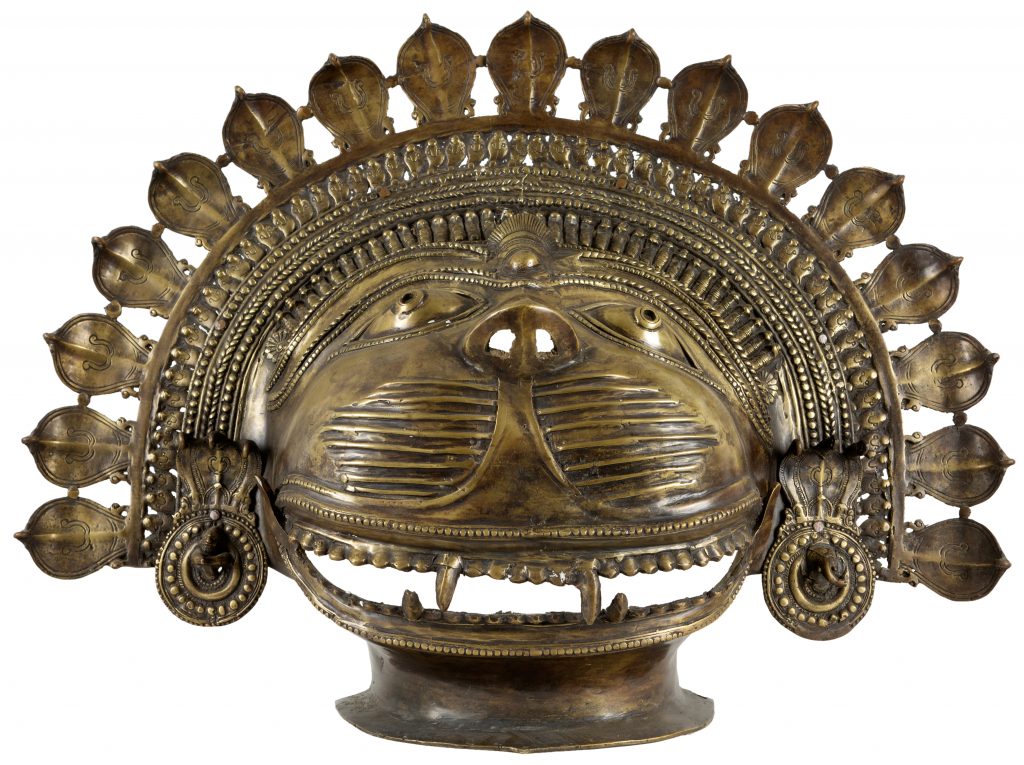
A Pilichamundi mask by an unknown maker, c. mid 19th century, Cast bronze, SCU.00071
Speaking of the global pandemic, it was a strange time for us all as it was responsible for changing life as we knew it. Suddenly there was a shift in both sentiments and perceptions. Regarding this, Madhura said, “I am Mumbai-based; I would have never imagined being a part of an institution in another city. Working online, who would have ever thought about doing that? So for me, the pandemic opened up new perspectives and allowed me to refigure the museum space. It was a pleasant surprise for me to see how fast MAP adapted to the work changes during the pandemic. The opening of a digital museum was revolutionary. Somewhere, as an individual it also urged me to make more objects accessible digitally for our public. Today, I am proud to say that we have more than 4500 objects online and are working towards uploading more. Few museums in India have done this and I am glad MAP is revolutionising this idea. However, whatever said and done objects need to be physically touched and human beings are social animals, so I have to fly down to Bengaluru from time to time.”
The collections team of any museum plays a crucial role in safeguarding the collection for a broader appreciation of art. MAP upholds these ideas of cultural heritage and history; therefore, in the words of Madhura, “the institution is pushing boundaries by reaching out to people that may not have access; the idea is to make art accessible for all. Personally, I feel like I am a part of creating something new, something inspiring that will be appreciated by generations to come. The thing that motivates me each day is knowing that I am contributing in my own way and that I’m part of something that is soon to bloom.”
A recent graduate from Central Saint Martins, London, Khushi Bansal is an aspiring curator with a keen interest in baking a perfect loaf of bread. She is an Archivist in MAP’s Collection team.








